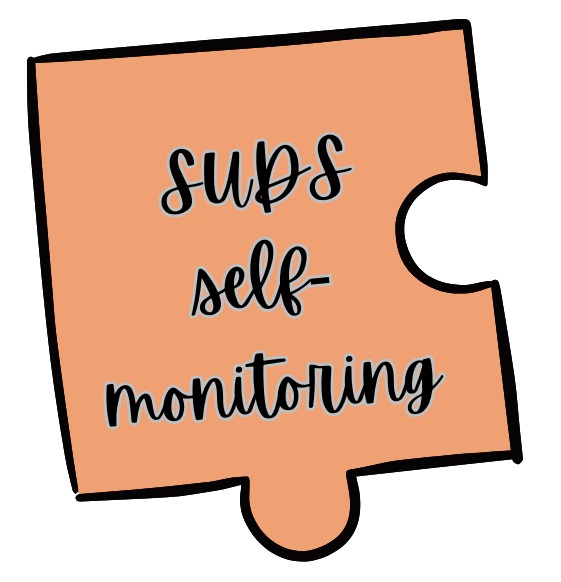I-CBT
Inference-Based Cognitive Behavioral Therapy (I-CBT) is a specialized approach designed for treating Obsessive-Compulsive Disorder (OCD). It focuses on addressing the reasoning processes and cognitive distortions that contribute to obsessions and compulsions. Here are the basics:
Core Principles of I-CBT
Obsessions Are Based on Doubt, Not Evidence
In I-CBT, OCD is viewed as stemming from intrusive doubts, often unrelated to actual evidence. These doubts arise from distorted reasoning rather than real threats.
Inference-Based Thinking
People with OCD infer danger or threat based on hypothetical scenarios ("what if" thinking) rather than observable reality.
For example, someone might infer, "What if I left the stove on?" even when they see the stove is off.
Targeting Vulnerable Reasoning
I-CBT focuses on identifying and restructuring the faulty reasoning patterns that create and maintain obsessions.
Key Components of I-CBT
Understanding the OCD Story
People with OCD often create detailed "stories" about potential dangers (e.g., "If I don't check the stove, the house might burn down").
I-CBT helps clients recognize that these stories are based on hypothetical, imagined scenarios rather than evidence.
Distinguishing Reality from Imagination
Clients learn to differentiate between inferences based on imagination versus those grounded in observable facts.
Challenging the OCD Thought Process
Instead of focusing on the content of obsessions, I-CBT targets the process of how the obsession was formed.
Questions like "Why do I believe this thought?" or "What evidence supports this fear?" help shift reasoning away from doubt.
Strengthening Rational Thinking
Clients are taught to trust their senses, memory, and observable reality rather than hypothetical doubts.
Avoiding Compulsion Engagement
I-CBT discourages engagement with compulsions by emphasizing that they are unnecessary once the faulty reasoning is addressed.
Steps in the I-CBT Process
Psychoeducation
Educate the client about the role of inference and doubt in OCD.
Explain how OCD stories are generated and maintained.
Identifying the OCD Intrusion
Pinpoint the initial thought or doubt that triggered the obsession (e.g., "What if my hands are dirty?").
Recognizing Faulty Reasoning Patterns
Help the client identify common cognitive distortions, such as:
Catastrophic Thinking: Assuming the worst possible outcome.
Overestimation of Risk: Believing the likelihood of a feared event is much higher than it is.
Emotional Reasoning: Assuming that feeling anxious means there’s real danger.
Differentiating OCD from Reality
Teach the client to analyze whether the feared scenario is based on observable evidence or imaginative inference.
Reconstructing Reasoning
Help the client develop rational responses to their doubts by:
Relying on evidence and logic.
Trusting their senses and memory.
Reducing Compulsions
As clients gain confidence in their reasoning, compulsions naturally decrease.
Benefits of I-CBT for OCD
Focus on Root Causes: By targeting faulty reasoning, I-CBT addresses the root of OCD rather than just the symptoms.
Reduction in Anxiety: Clients learn to trust themselves and reduce reliance on compulsions to manage anxiety.
Empowerment: Clients gain tools to challenge their own thinking and maintain long-term improvements.
I-CBT is particularly effective for individuals whose OCD is characterized by strong hypothetical reasoning or "what if" fears. It complements or can be used as an alternative to Exposure and Response Prevention (ERP), depending on the client’s needs.

.png)


.png)
















.png)


